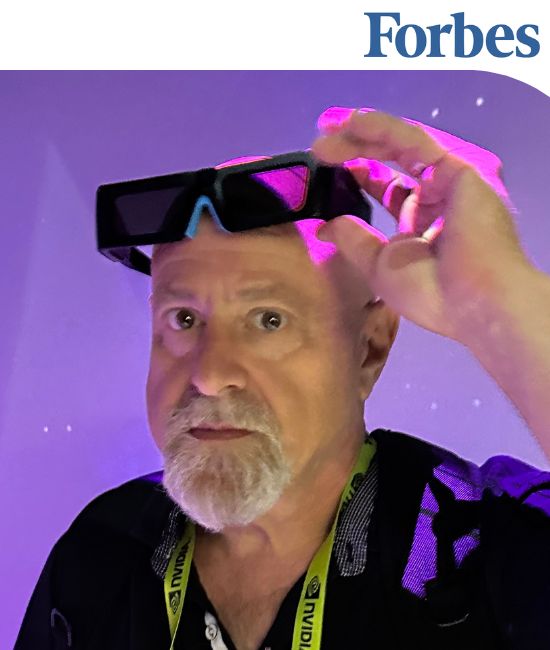04:00 PM - 04:30 PM
Description
In March, Kevin wrote an eye-opening cover story for Wired about Mirrorworlds, the digital twin of the real world. This is an old idea, but now companies like Google, Snap, Niantic, and startups like 6D.ai, are building parts of the Mirrorworlds. They use tech like SLAM - geolocation + computer vision - which enables us to precisely anchor the digital to the physical. The real world will thus become searchable and clickable making Mirrorworld the most valuable asset in spatial computing.
Speakers


Related Sessions
09:00 AM - 09:30 AM
Description
Ori Inbar, Co-founder and Executive Director of AWE and Super Ventures will kick off the 10th AWE USA with a special welcome address and his annual state of the industry.
For 50 years, computing has been a two-dimensional representation of a three-dimensional world.
Now, tech giants and thousands of startups who are seeking growth opportunities beyond mobile have set spatial computing on a trajectory for exponential growth. Most large corporations are adopting spatial computing to improve their businesses driven by strong evidence it delivers measurable ROI, and consumers begin to appreciate the radical benefits of this technology which could signal the next dimension of humanity. In 2019, everyone must enter the next dimension to understand the impact it’s bound to have on their lives and businesses.
Speakers

09:30 AM - 10:00 AM
Description
This keynote will give you hard data and lessons learned on what is and isn't working in AR/VR today, as well as a clear view of where the market is headed over the next 5 years
10:00 AM - 10:30 AM
Description
Jim Heppelmann, CEO of PTC and co-author of A Manager’s Guide to Augmented Reality, will present the findings of his latest research collaboration with Prof. Michael Porter of the Harvard Business School. As the Augmented Reality (AR) market matures, there are a growing number of capabilities for industrial companies like the real-time capture of front-line processes from the expert’s point-of-view. With these new capabilities comes a set of choices around the strategy, content, and delivery of AR experiences. In this case-study driven keynote, Jim will present a framework of essential questions to capitalize on the promise of AR in the enterprise today.
Speakers

10:30 AM - 11:00 AM
Description
Spatial Computing is changing our understanding of AR/VR and MR today, at the dawn of the Age of Light. AR/VR and MR have long been understood as the next step for personal computing. But the emergence of Spatial Computing in self-driving vehicles, robotics, IoT, and screen free displays, breaks the mold of Personal Computing and unleashes computers into the world around us, enabling new forms of multi-user collaboration based on natural interaction, intelligence, proactivity, and social awareness. Spatial Computing and AR/VR/MR share the same core technologies - sensors, compute, AI, machine learning, 3D capture and rendering, ultra fast networks and compute. Creating new kinds of hybrid applications for AR/VR/MR that go beyond Personal Spatial Computing is one of the most exciting opportunities for AR/VR/MR innovators today. And, as the future of these technologies is tied to a bigger shift from electronics to photonics, we are also pioneers of the Age of Light who can help realize a bright future for humanity.
Speakers

11:30 AM - 12:00 PM
Description
We are at the beginning of a new era in storytelling. Through increasingly immersive and self-directed experiences, digital reality is cracking wide open our understanding of storytelling due to its unique ability to merge the roles of listener and storyteller. While the elements that make stories resonate aren’t likely to change, for marketers to fully realize the opportunity digital reality presents, we will need a new storytelling language that deconstructs and recomposes the elements of story for this new and powerful medium. This presentation will explore how these technologies play into brand storytelling and look at some leading examples of how brands are using digital reality storytelling to build their brand and deliver results.
Speakers
